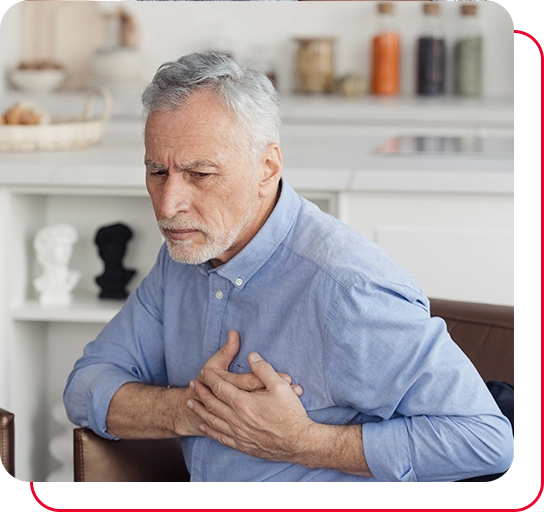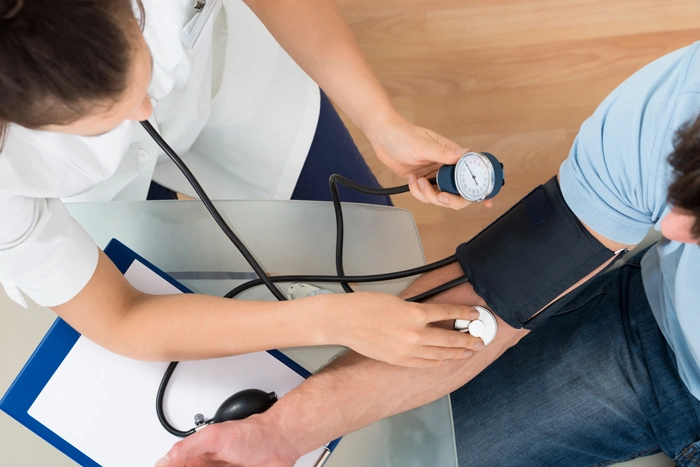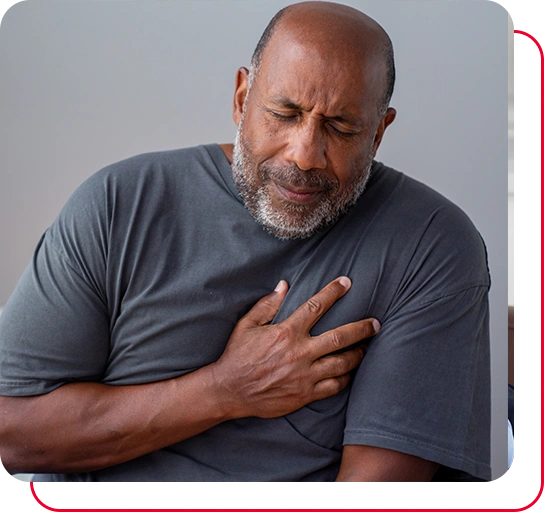Heart Attack


Heart Attack Services offered in Mansfield, TX
Heart Attack Q&A
What is a heart attack?
A heart attack is a serious, potentially life-threatening event that occurs when there isn’t enough blood flowing through your heart.
Your heart muscle needs a sufficient supply of oxygen-rich blood to function correctly. If anything restricts blood flow or blocks it completely, your heart can’t work properly, and the muscle begins to die.
There are two types of heart attacks:
-
STEMIST-elevation myocardial infarction (STEMI) is the name for a heart attack where there’s a complete blockage of the coronary artery.
-
NSTEMINon-ST-elevation myocardial infarction (NSTEMI) is a partial blockage of your coronary artery.

What symptoms does a heart attack cause?
- Palpitations
- Extreme fatigue
- Shortness of breath
- Dizziness
- Cold sweat
- Indigestion
- Nausea
- Numb hands
The pain might spread into your arms, neck, and back, and even into your jaw or stomach.
The symptoms women experience during a heart attack can differ from those of men. For example, women might not feel the crushing sensations in their chest, but they might have symptoms in their upper abdomen or lower chest.
What causes a heart attack?
Coronary artery disease (CAD) is the most likely cause of a heart attack. CAD develops when plaque — a sticky substance containing cholesterol and other substances from your blood — builds up and coats the lining of your arteries. This plaque buildup is called atherosclerosis.
Atherosclerosis is most often the result of issues like obesity, smoking, high cholesterol, lack of exercise, and other preventable causes.
Sometimes plaque breaks off, and blood clots can form. This creates a blockage in the artery that stops blood from getting through to your heart. The consequent oxygen starvation your heart suffers is known as ischemia.
How is a heart attack treated?
-
MedicationsThere are numerous types of medication available for treating heart attacks. Some drugs dissolve clots, some widen your blood vessels, and others help to regulate your heart’s rhythm.
-
Cardiac catheterization proceduresTreatments like angioplasty and atherectomy help widen the arteries to improve blood flow. These are nonsurgical treatments in which Dr. Lathia threads a narrow tube called a catheter up to your heart along one of your arteries.
-
SurgeryYou might need surgery when medications and treatments like angioplasty aren’t sufficient to treat your heart attack. This could involve having a device like a pacemaker fitted or undergoing bypass surgery, where Dr. Lathia replaces the diseased artery.




